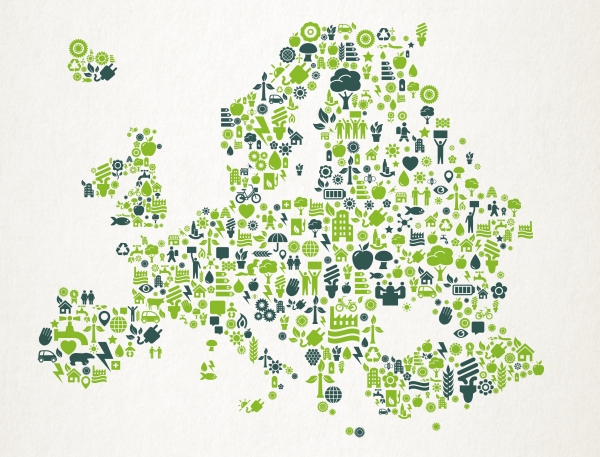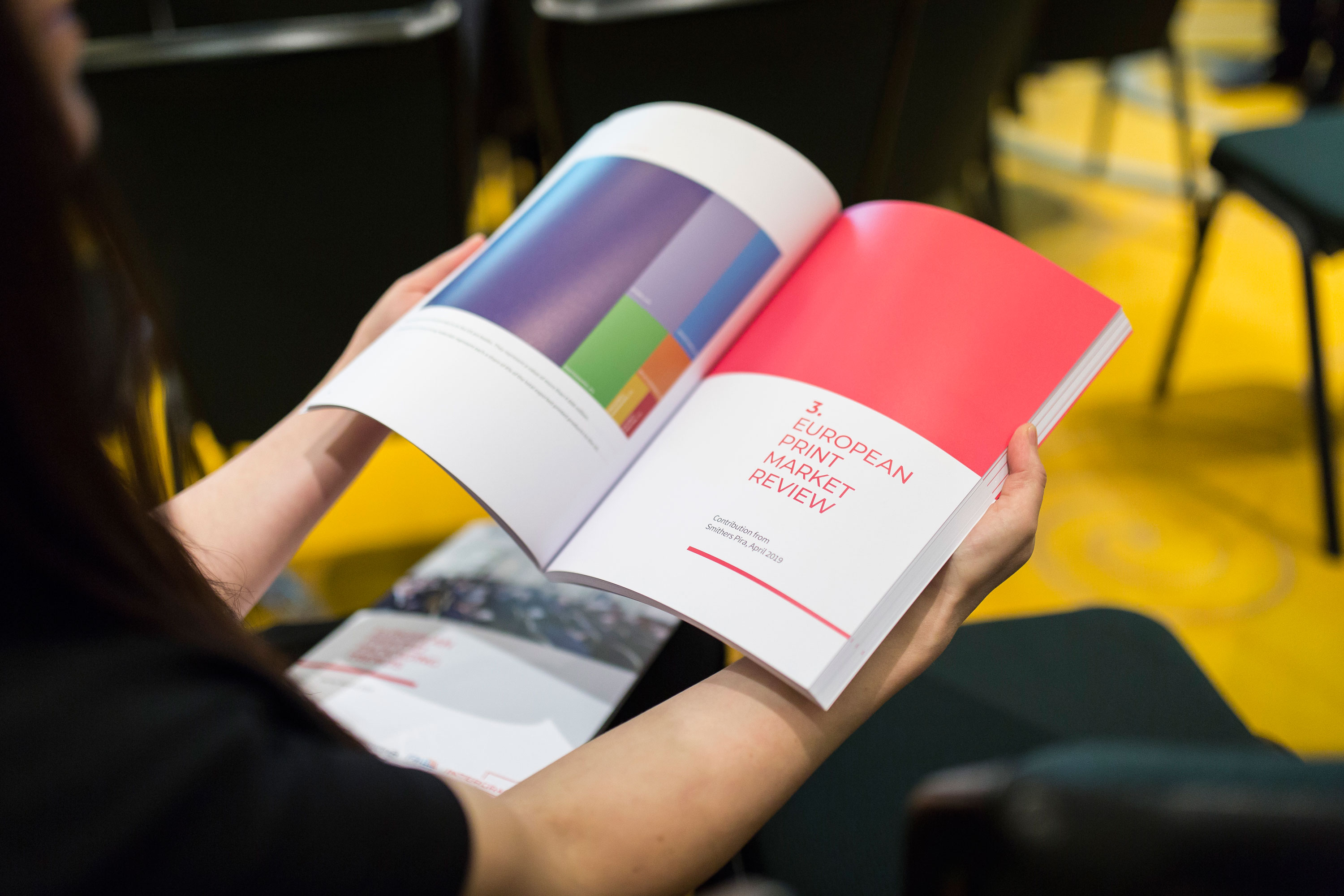THE PRINTING INDUSTRY AND THE NEW EUROPEAN GREEN DEAL
4 December 2019

One of the main focuses of the newly elected European Commission for the next five-year term will be environment. The European Commission President, Ursula Von der Leyen allocated the ‘Environment’ portfolio to Virginijus Sinkevičius and the ‘European Green Deal’ to Vice-President Frans Timmermans.
The new European Commission aims at making the EU the world’s first climate-neutral continent. The current CO2 emissions reduction target of 40% by 2030 will be raised to 50 or 55%. The Commission has the ambition to reach carbon neutrality by 2050.
The Commission committed to present a law within the next 100 days. Air pollution may become, according to Vice-President Timmermans the new plastic issue when it comes to public awareness. The printing industry is subject to continuous restrictions of its solvent emissions (VOCs). New limit values will be adopted for large heatset, gravure and flexo printers in 2020. They will be applicable as of 2024.
In addition to air emissions, the new Commission will continue to focus on circular economy. Plastics will remain on the agenda with possible additional measures following the Single-Use Plastics Directive. Plastic packaging will be particularly targeted. Promoting plastic recycling will be a key measure and fiscal measures are not excluded.
The new Commission will also have to comply to the commitment made by the current Commission that, by 2030, all plastic packaging will have to be reusable or easily recyclable.
A further related area that will receive special attention will be microplastics. The European Printing Ink Association (EUPIA) has issued a statement clarifying that when certain printing inks and varnishes (especially water-based) are manufactured, polymer dispersions and solutions used fall under the currently proposed definition of microplastics.
However, EUPIA specifies that when used as intended and properly dried or cured, “no plastic microparticles are released from the solid film, which is formed during drying of the ink or varnish”.
Chemicals monitoring will be a further area of interest for the printing industry. Whereas the gravure printing industry is awaiting progress on the case of chromium trioxide, the situation of titanium dioxide has reached a new phase.
The European Commission has proposed a classification which will impact several industrial sectors. When it comes to the use of titanium dioxide in white inks, particularly used in decor and packaging gravure as well as flexo printing, the proposed classification will be linked to the hazardous statement ‘Hazardous respirable droplets may be formed when sprayed. Do not breath, spray or mist.’ It should however not significantly impact current health and safety practices at the printing plant.
Contact: Laetitia Reynaud
{K2Splitter}





